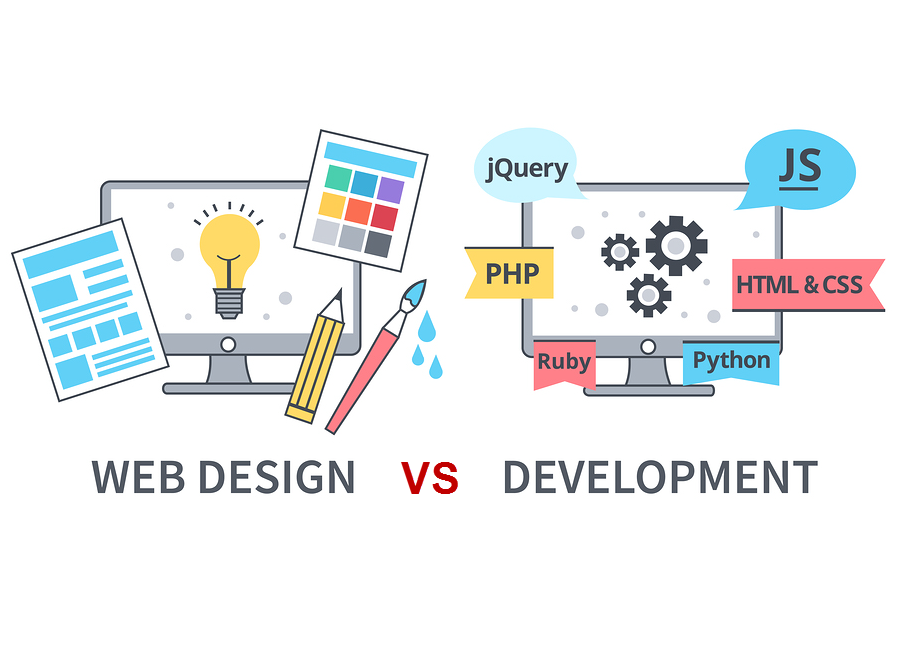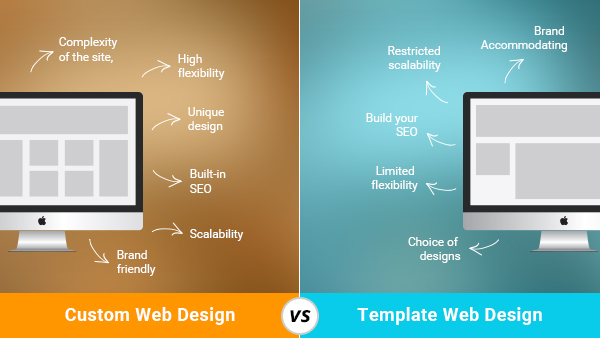In today's digital landscape, having a strong online presence is crucial for businesses of all sizes. Whether you're a small local shop or a global corporation, ensuring that your website ranks well in search engine results is paramount. This is where Search Engine Optimization (SEO) comes into play, and one of its key components is On-Page SEO.
On-Page SEO refers to the optimization strategies implemented directly on your website to improve its visibility and ranking on search engine results pages (SERPs). By focusing on On-Page SEO best practices, you can enhance your website's relevance, authority, and overall user experience, thereby attracting more organic traffic and potential customers. Here are some essential tips to help you master On-Page SEO:
- Conduct Keyword Research:
- Start by researching relevant keywords and phrases related to your business, products, or services.
- Utilize keyword research tools such as Google Keyword Planner, SEMrush, or Ahrefs to identify high-volume and low-competition keywords.
- Target long-tail keywords that are specific to your niche and have a higher chance of attracting qualified traffic.
- Optimize Meta Tags:
- Ensure that each page on your website has a unique and descriptive title tag that includes your primary keyword.
- Write compelling meta descriptions that accurately summarize the content of the page and encourage users to click through.
- Include relevant keywords naturally within your meta tags, but avoid keyword stuffing, which can harm your SEO efforts.
- Create High-Quality Content:
- Produce original, informative, and engaging content that addresses the needs and interests of your target audience.
- Incorporate your target keywords strategically throughout your content, including headings, subheadings, and body paragraphs.
- Aim for comprehensive and well-structured content that provides value and encourages users to spend more time on your website.
- Optimize Heading Tags:
- Use heading tags (H1, H2, H3, etc.) to structure your content logically and improve readability.
- Include your primary keyword in the H1 tag, which typically represents the main heading of the page.
- Use H2 and H3 tags for subheadings and section titles, utilizing variations of your target keywords where appropriate.
- Improve Page Speed:
- Optimize your website's loading speed to enhance user experience and reduce bounce rates.
- Compress images, minify CSS and JavaScript files, and leverage browser caching to improve page load times.
- Use tools like Google PageSpeed Insights or GTmetrix to identify and address performance issues.
- Optimize Images:
- Use descriptive file names and alt attributes for your images to help search engines understand their content.
- Compress images without compromising quality to reduce file sizes and improve loading speed.
- Incorporate relevant keywords into image file names and alt text to further enhance On-Page SEO.
- Implement Schema Markup:
- Add structured data markup to your website to provide search engines with additional context about your content.
- Use Schema.org vocabulary to mark up elements such as product information, reviews, events, and more.
- Schema markup can help your website stand out in search results and improve click-through rates.
- Optimize for Mobile Devices:
- Ensure that your website is mobile-friendly and responsive across various devices and screen sizes.
- Use responsive design techniques to adapt your content and layout seamlessly to different viewport sizes.
- Mobile optimization is crucial for both user experience and search engine rankings, especially with Google's mobile-first indexing.
- Internal Linking:
- Include internal links within your content to connect related pages and establish a hierarchical structure.
- Use descriptive anchor text that provides context about the linked page's content.
- Internal linking not only helps users navigate your website but also distributes link equity and improves crawlability.
- Regularly Monitor and Update:
- Keep track of your website's performance using web analytics tools like Google Analytics or Google Search Console.
- Monitor keyword rankings, organic traffic, and user engagement metrics to identify areas for improvement.
- Continuously update and optimize your content based on keyword trends, user feedback, and algorithm updates.
By implementing these On-Page SEO best practices, you can improve your website's visibility, relevance, and user experience, ultimately driving more organic traffic and achieving higher rankings in search engine results. Remember that SEO is an ongoing process, so stay informed about industry trends and algorithm updates to maintain your competitive edge in the ever-evolving digital landscape.
At HSR Hi-Tech Solutions, we specialize in helping businesses optimize their online presence through comprehensive SEO strategies. Contact us today to learn how we can elevate your website's performance and drive tangible results for your business.
Tags : On-Page SEO, SEO optimization, Website optimization, Search engine optimization, Digital marketing, Content optimization











